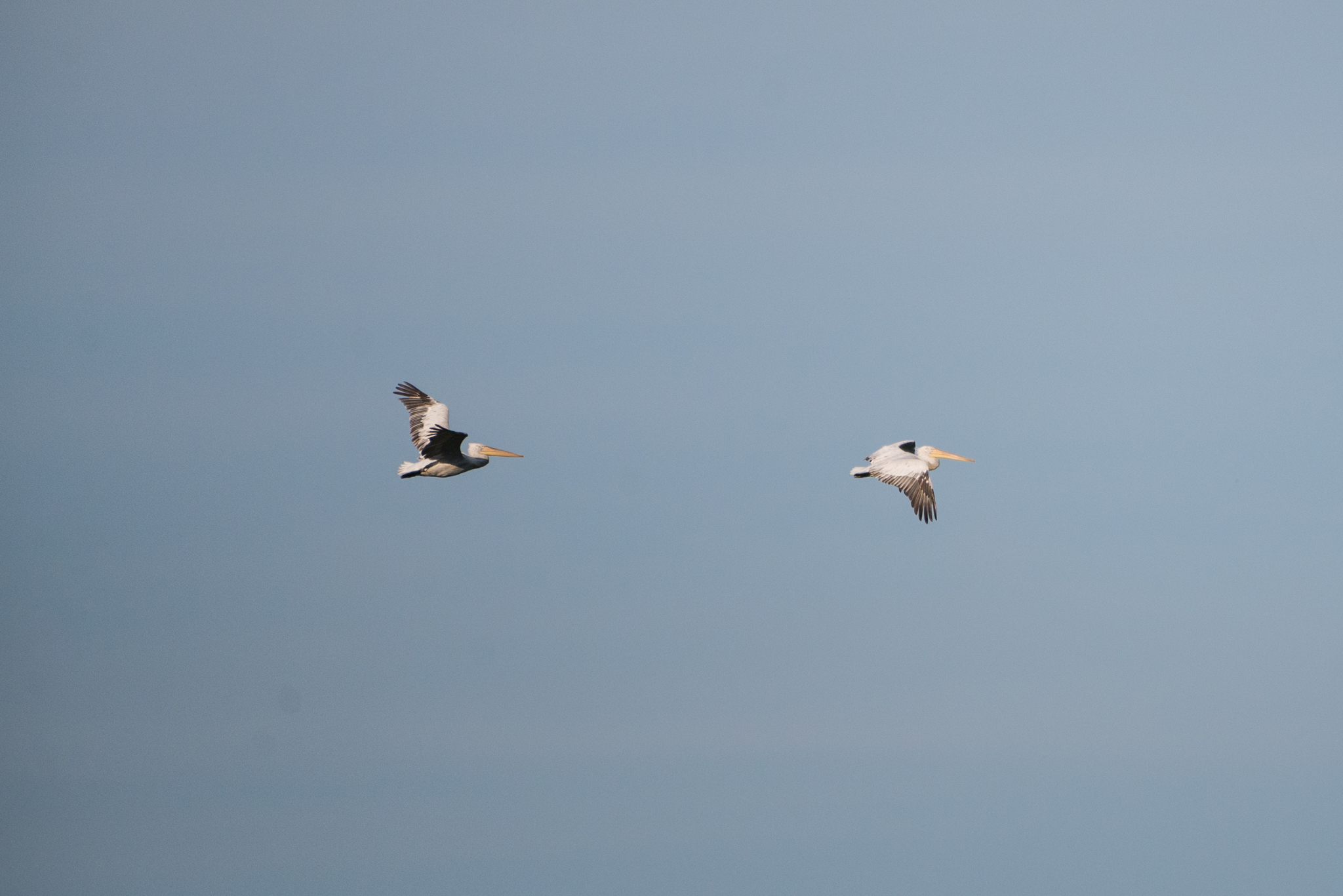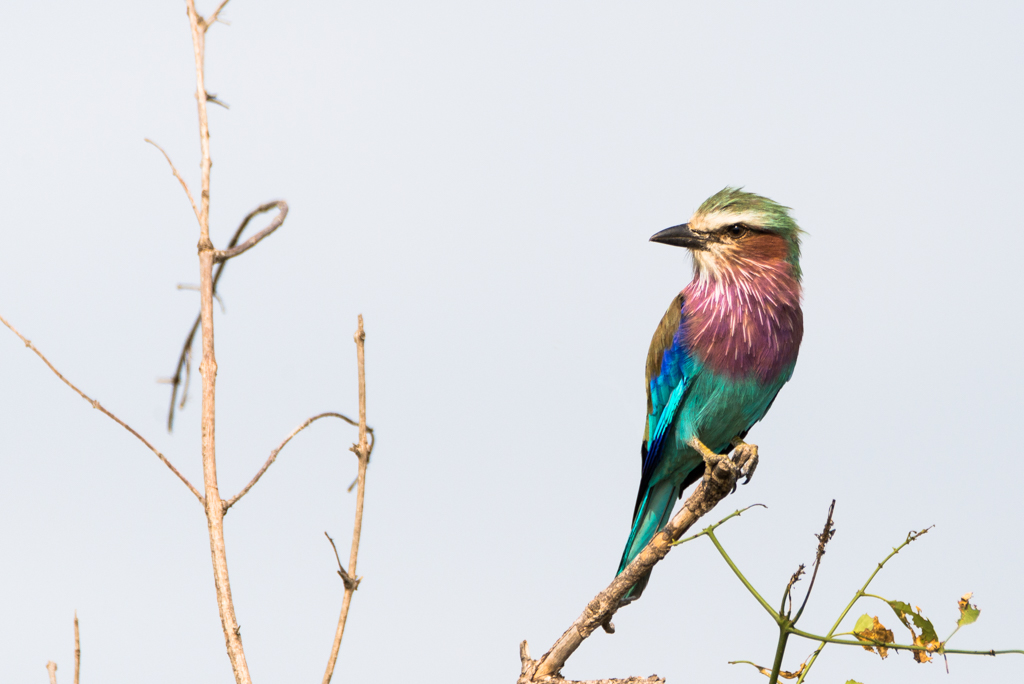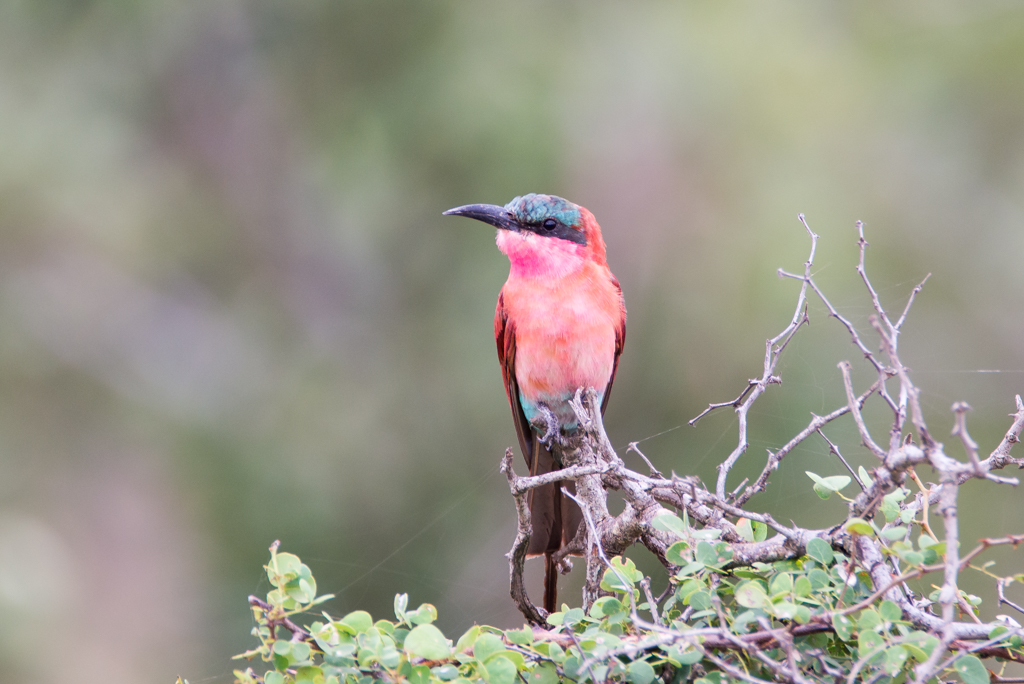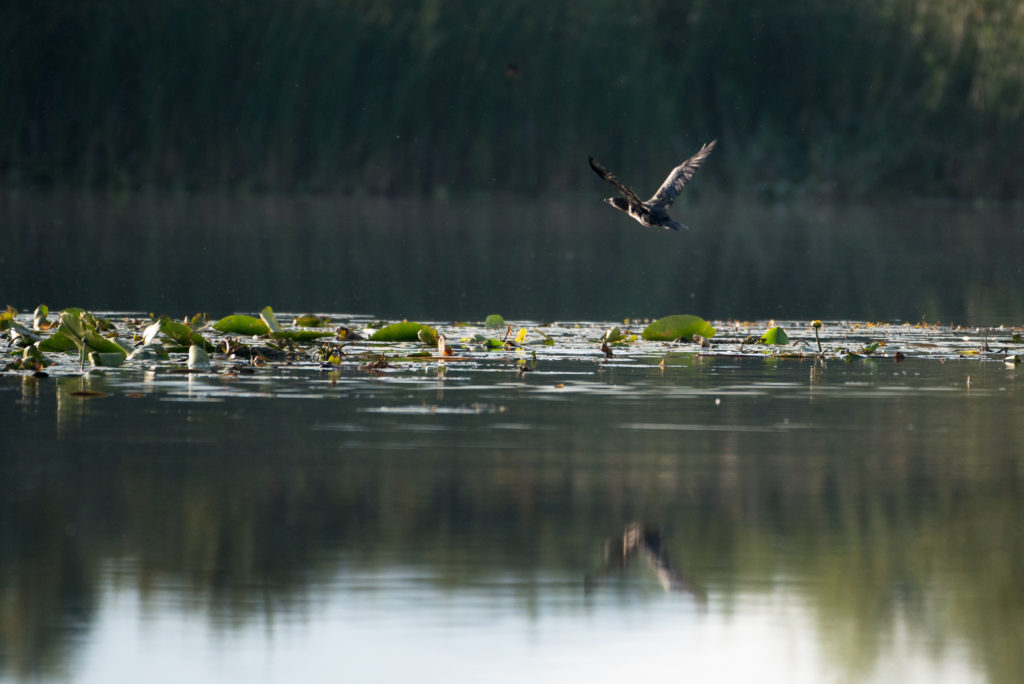
Millions of years ago, tectonic shifts cut off a portion of the Adriatic sea and formed a basin, later named Skadar by the Montenegrinians, or Shkodar by the Albanians, who nowadays share this charming lake, one of the largest in Europe, with no one but a bunch of birds.
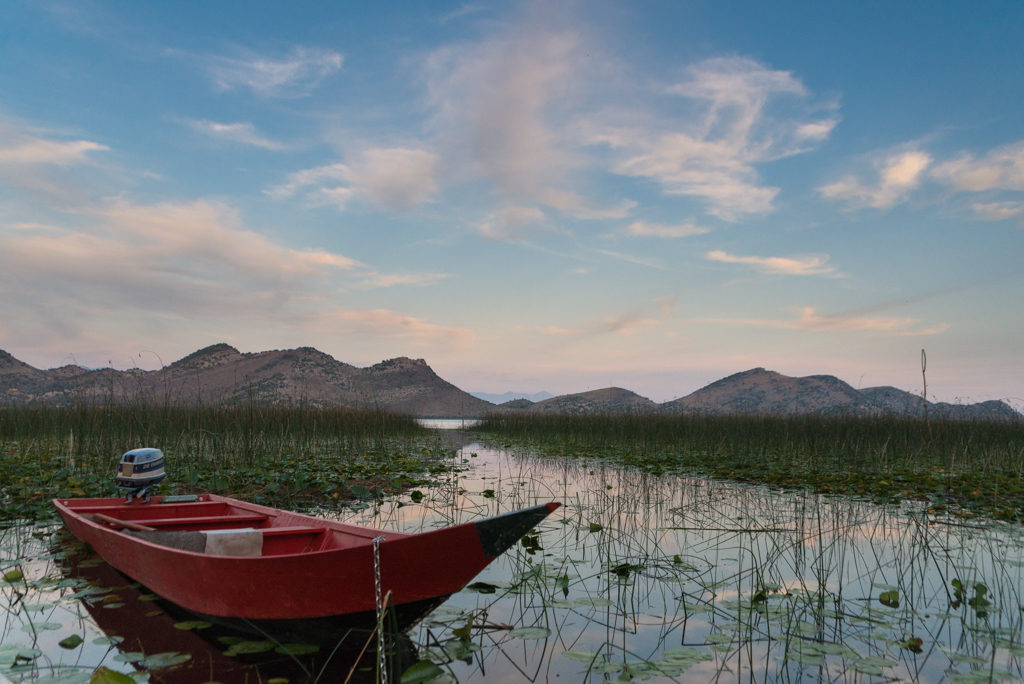
While the birds have nested in the high reeds and floating carpets of sea lilies ever since, humans only settled at the lake’s shores about a thousand years ago – and engaged in battle right away: the Slavs against the Turks, the Montenegrins against the Ottomans, back and forth through times and ages, Tito’s partisans even sank a steamboat in the lake, while the storks and herons, the egrets and ibises, kingfishers, turns, stilts, dived and sailed through waves and skies.
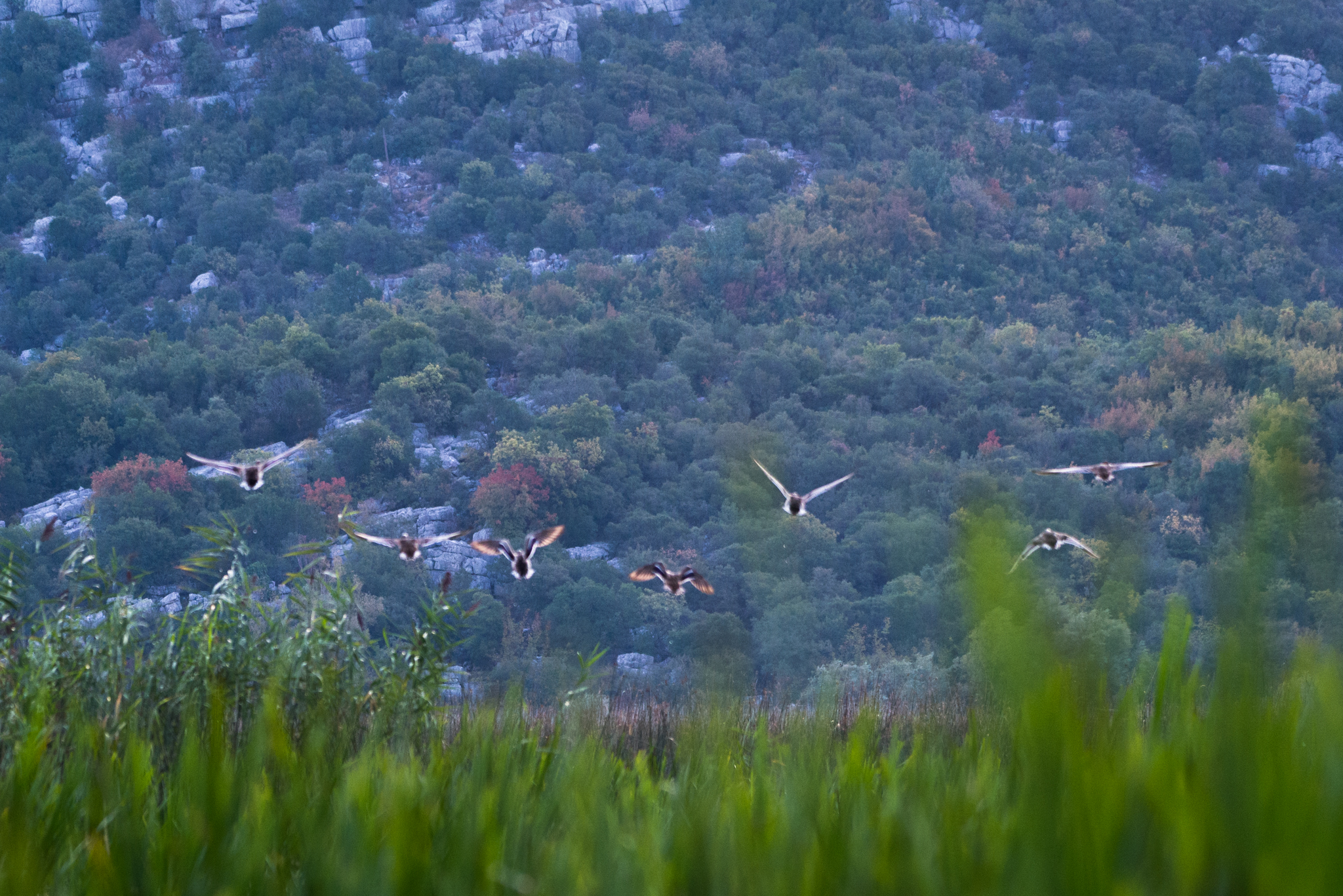
Today, in times of peace and with the help of the EU, which invests heavily in Montenegro, the lake is of dreamy tranquility and breathtaking wilderness, glittering in the Mediterranean sun. For birders it is nothing short of a paradise.
Lake Skadar was declared a National Park in 1983 and two globally endangered species, the Dalmatian Pelican and the Pygmy Cormorant, are found at the lake in abundance.
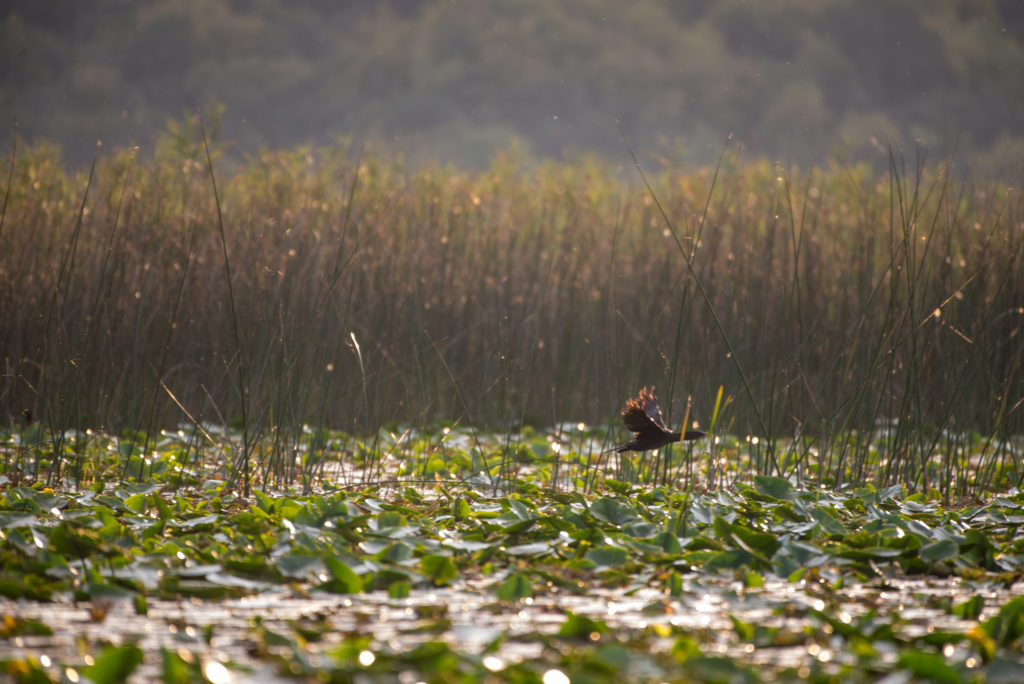
Unlike humans, the Pelicans and Cormorants have teamed up, breading in vicinity and sharing the chores of hunting and babysitting. While the regal, imposing pelicans are surprisingly elegant gliders, the cormorants excel at fishing, diving meters deep into the waters and bringing with them fish too large for themselves to swallow, but just the right size for the big beaked pelicans.
Lake Skadar could be a paradise for the birds – if it weren’t for the humans. Despite its status as a natural park, Lake Skadar has a litter problem, the occasional plastic bottle drifting like flotsam in the undulating waves, getting caught in the reeds, and clogging the freshwater springs that feed the lake.
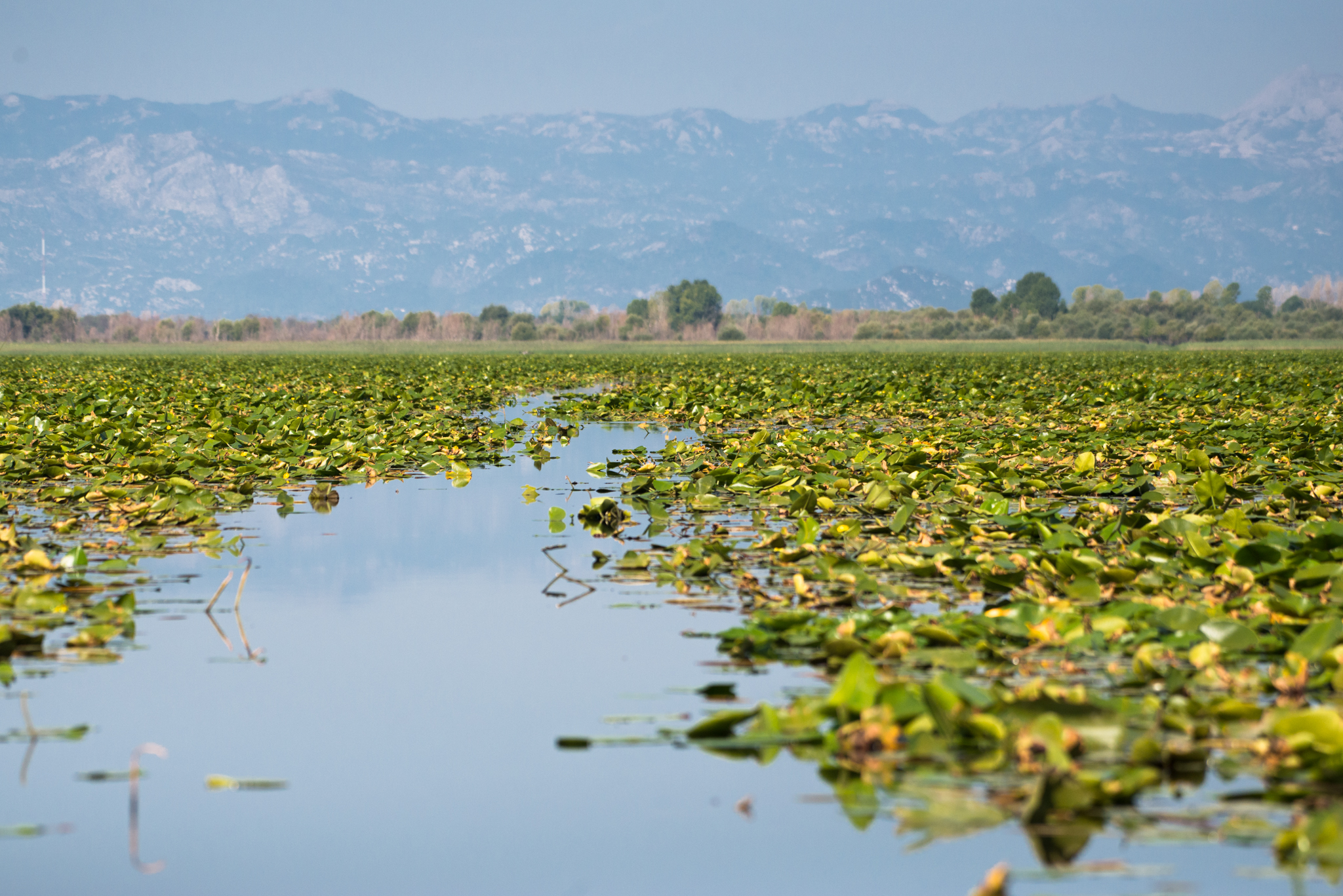
But worst are the left over fishing nets. Once expensive and made of biodegradable fabric, they are nowadays made of plastic and extremely cheap, to the effect that fishermen don’t bother to retrieve them but leave them swaying in the water .
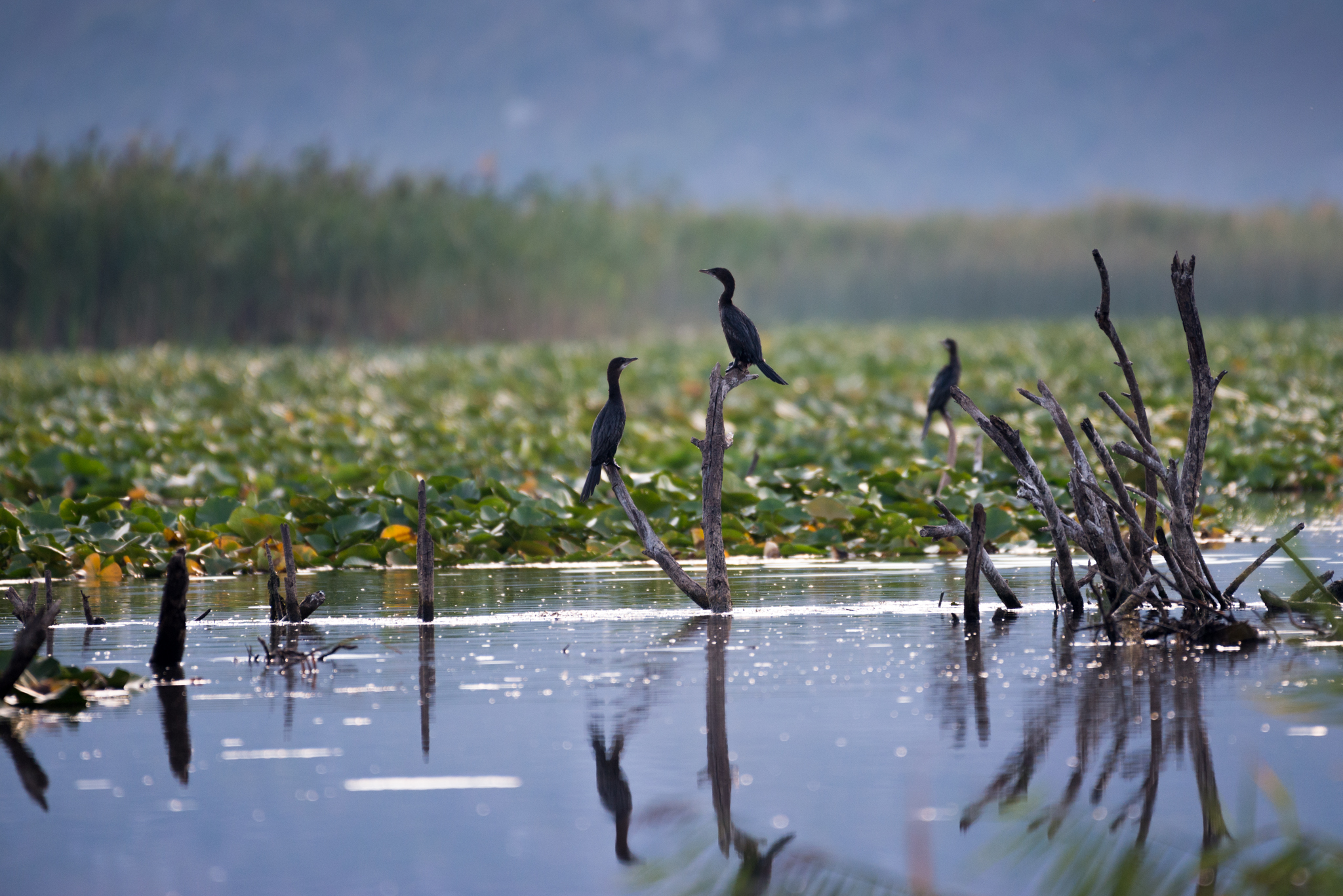
For the cormorants, those masterful divers, they are a deathly trap, in which they get entangled and drown. Their dead bodies can be seen floating with the empty canisters, tins and beer bottles. But if the cormorants can’t dive up the fish, not only the pelicans will go hungry.
